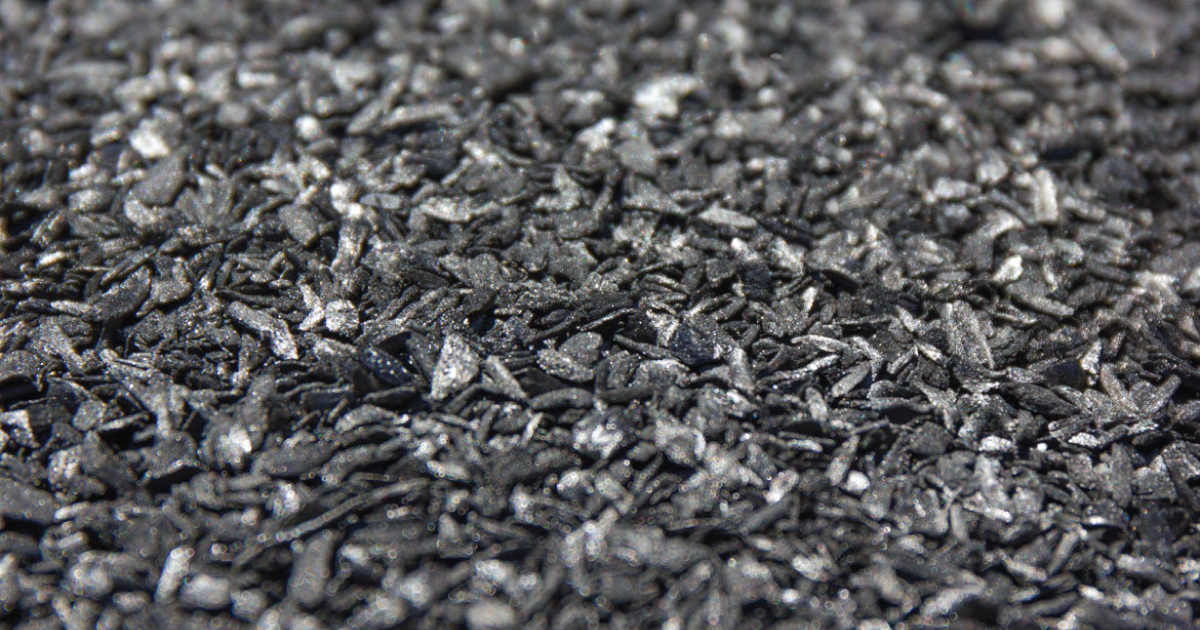
Storing Carbon in the Soil: Our Small-Scale Biochar Experiment
April 20, 2015 | Source: Finnskogen Farm | by Kaare Melby
Winter’s cold embrace has a way of inspiring ingenuity here on Finnskogen farm, and this winter was no exception. On one particularly cold day this February, I was sitting next to the woodstove, day-dreaming about all of the projects that the frozen ground and snow were preventing me from working on, when I had an idea that changed the way I thought about our woodstove, and our whole farm.
One of the projects I had been working on over the summer was ways to efficiently make Biochar to add to our compost. Biochar is charcoal, which can be made from any biomass (grass, leaves, wood, sawdust, manure, food waste, egg shells, bones, etc). When used properly, Biochar has amazing properties that can drastically improve agricultural soils. It can help increase the population of healthy soil micro-organisms, it can increase water retention in soils, and it can be a great way to fix nutrients in the soil. But the benefits are not limited to agriculture; Biochar can actually help us fight climate change by fixing carbon in the soil for thousands of years! Clearly, Biochar is something of interest to us.
